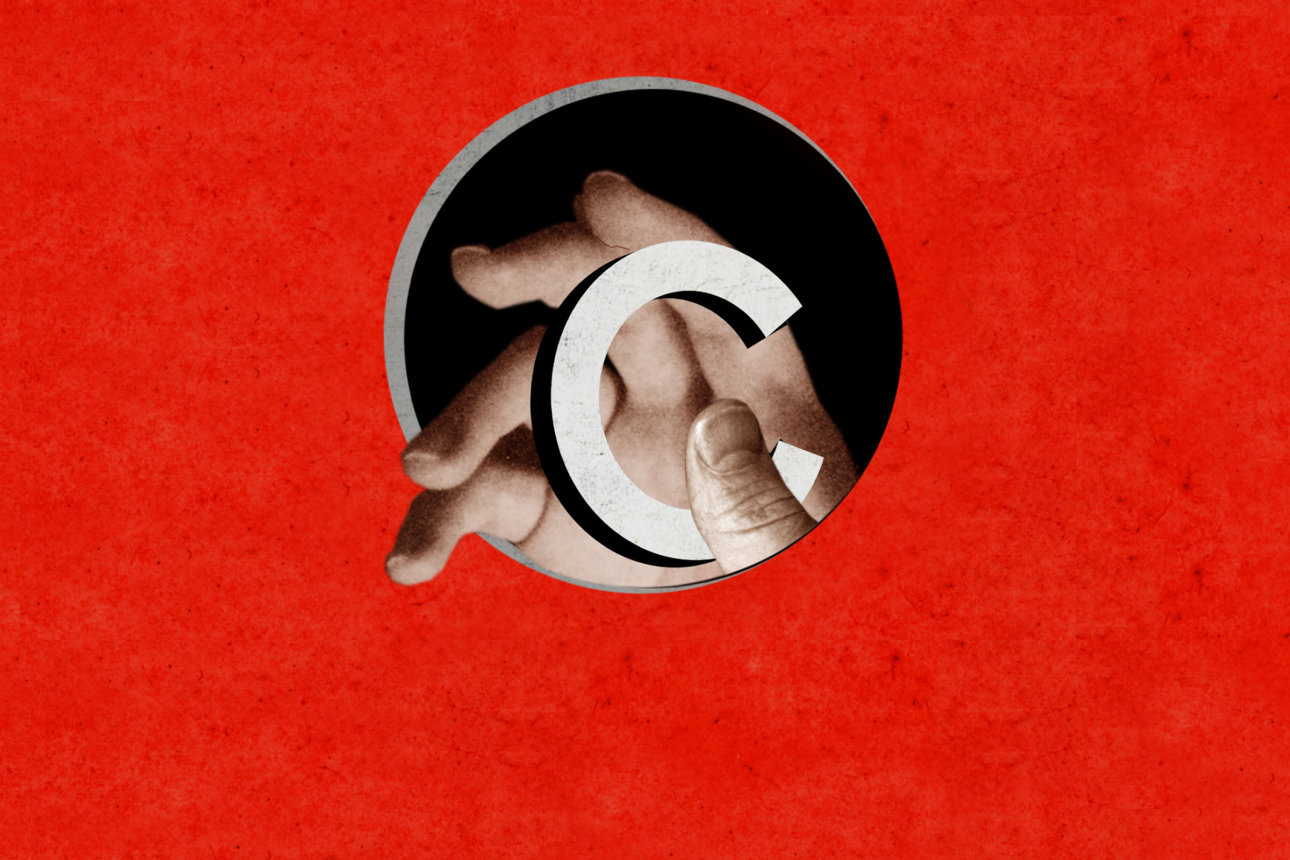‘Just Enough’ Piracy Can Be a Good Thing
It’s become costlier for retailers and manufacturers to combat piracy in the digital age. But in moderation, it’s not all bad.
Topics
Frontiers

Image courtesy of Michael Morgenstern/theispot.com
This spring, HBO’s television series Game of Thrones concluded after eight seasons. Throughout its tenure, the show was incredibly popular while also earning the dubious distinction of the most pirated television program. The severity of piracy is duly illustrated by the show’s season four finale, which, within 12 hours of its original broadcast in June 2014, was illegally downloaded 1.5 million times, amounting to 2 petabytes transferred in just half a day. While an upsurge in piracy around the time of the original broadcast may be natural, a steady level of interest for pirated copies of older episodes has continued unabated, well after the episodes became available at retailers online. Despite ongoing issues with illegal downloads — there were 1 billion of the show’s seventh season — HBO seems to have no real plans to counter the illegal streaming services and lets off perpetrators with only a slap on the wrist.
This inaction on HBO’s part may have some economic merit: Our research shows that a moderate level of piracy — not too much, not too little — can actually benefit the manufacturer, the retailer, and consumers, all at the same time.
Can Two Wrongs Make a Right?
The manufacturer does not usually set the retail price in a supply chain; the downstream retailer does. In this case, HBO charges cable operators, such as Comcast, a monthly per-subscriber fee, corresponding to the wholesale price, and each cable operator decides on its own margin, which determines the final retail price. A wide variety of information goods (music, movies, TV shows, video games, e-books, and software) in formats ranging from shrink-wrapped discs to streaming content is brought to the market through this wholesale model.
In this setup, the supply chain faces a situation known as double marginalization: Both the manufacturer and the retailer decide on independent margins, each of which gets assigned to the price of the good. Double marginalization manifests itself in a higher retail price and reduced consumption compared with when the manufacturer and retailer are owned by the same company.
